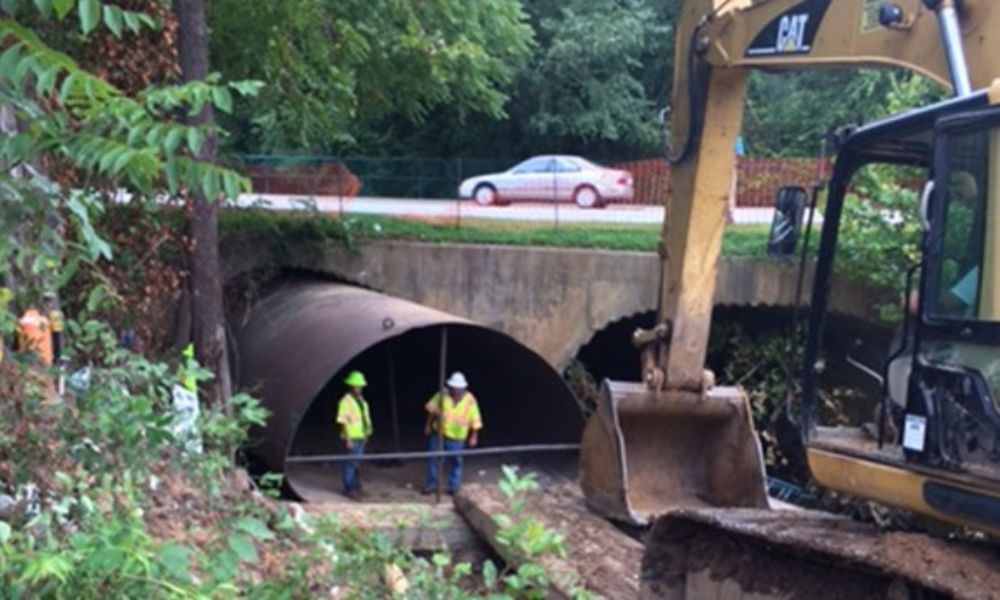Culvert rehabilitation is a critical aspect of infrastructure maintenance that presents its own unique set of challenges. The process involves mitigating the issues of aging culvert structures, which often suffer from erosion and changes due to weather or traffic patterns. However, recent innovations in the field offer promising solutions to these challenges. Delve into the challenges and innovations in culvert rehabilitation.
Erosion and Changing Conditions
Erosion is one of the most significant challenges in culvert rehabilitation. Over time, water flow can erode the material of the culvert, weakening its structure and potentially leading to failure. Additionally, changes in weather patterns, especially the increase in torrential rains, can exacerbate this issue, increasing the rate of erosion and the risk of structural compromise. Traffic patterns also pose a challenge, as increased load and frequency can strain an already weakened culvert, accelerating its deterioration.
Culvert Liners and Trenchless Technology
In response to these challenges, industry experts have developed culvert rehabilitation services that employ innovative solutions to extend the lifespan of culverts and maintain their structural integrity. One such innovation is the use of culvert liners. These liners provide an additional layer of protection against erosion and can be installed using trenchless technology. This method of rehabilitation requires a new pipe that’s designed to meet the loading and hydraulic requirements of the site, which will be installed or “slip-lined” inside of the original host structure.
Trenchless technology has revolutionized culvert rehabilitation by allowing for the installation of liners without the need for extensive excavation. This method not only reduces the disruption to traffic and the environment but also significantly cuts down on the time and cost involved in the rehabilitation process.
Proactive Approaches
Another innovation in the field of culvert rehabilitation is the implementation of upgraded erosion control measures. These measures include the use of riprap, vegetation, and other materials to reduce the speed of water flow and thus decrease the rate of erosion. By proactively controlling erosion, these measures can preserve the structural integrity of the culvert, prolonging its lifespan and reducing the need for frequent rehabilitation.
The field of culvert rehabilitation is continually evolving, with experts developing innovative solutions to meet the challenges of culvert rehabilitation posed by erosion and changing conditions. By leveraging advancements like trenchless technology and upgraded erosion control measures, it is possible to ensure the longevity and reliability of our infrastructure. These innovations not only address the immediate challenges but also pave the way for future developments in the realm of culvert rehabilitation.



Leave A Reply